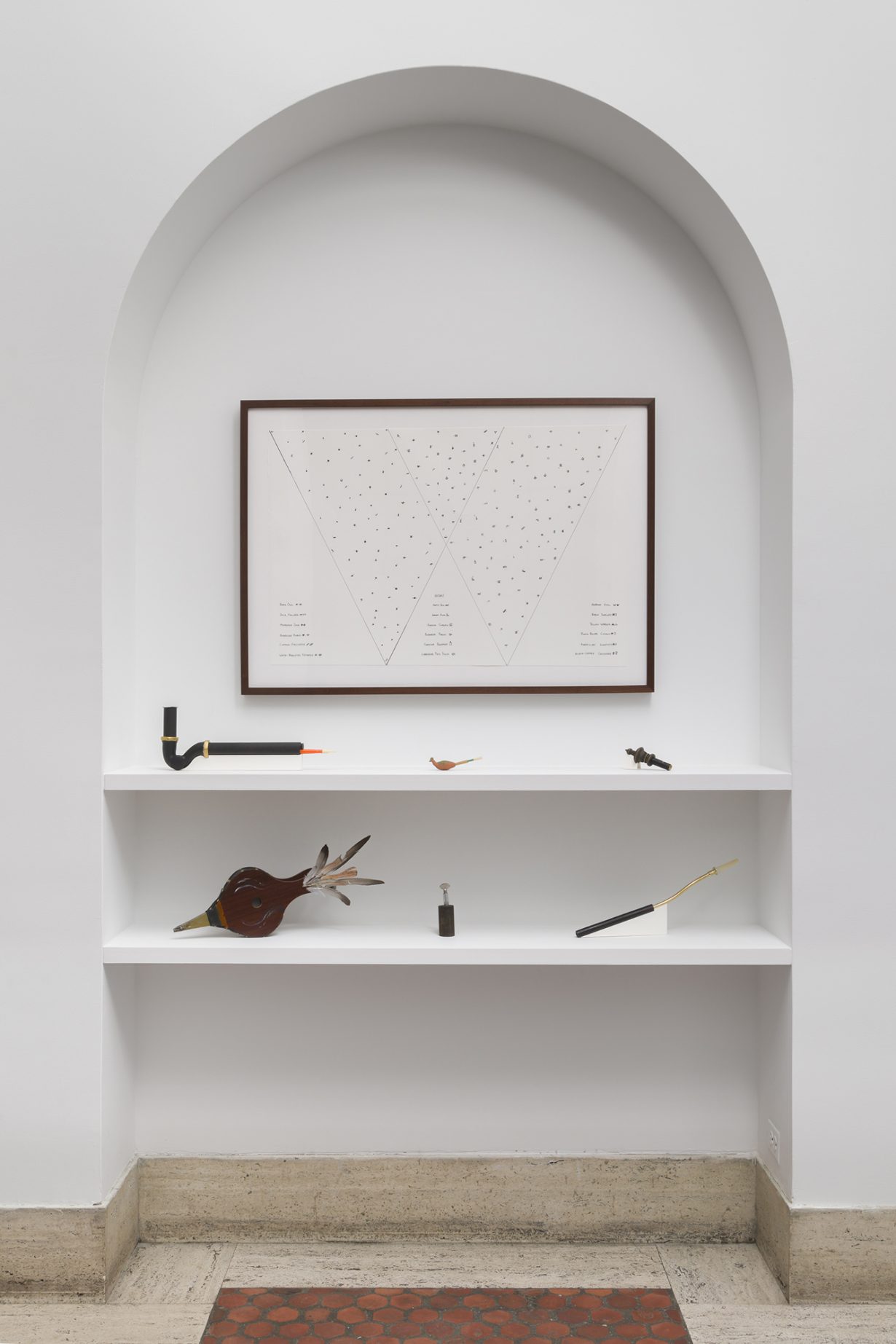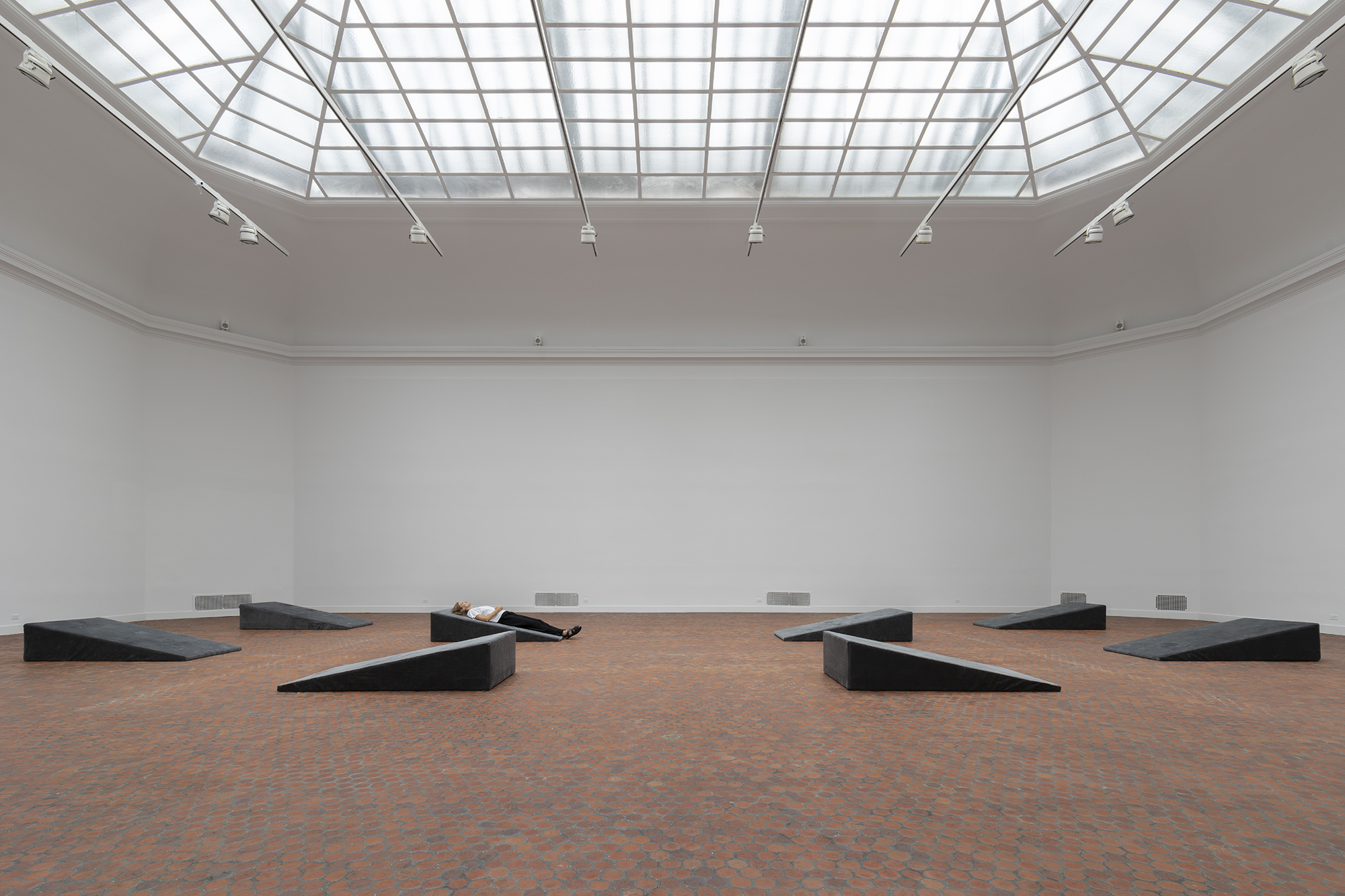In Aviary, the Diné artist fills the stately American Academy of Arts and Letters building with sweet chirps and rippled shrieks in a reminder of what America once was
In Washington Heights, a hilly neighbourhood in northern Manhattan far from the usual gallery districts, Raven Chacon’s soundscape Aviary (2024) fills a large, echoey Beaux-Arts room at the back of a campus of stately buildings known as the American Academy of Arts and Letters. In lieu of paintings on the walls and sculptures on the floor, sweet chirps, rippled shrieks and reedy whistles spout and reverberate from all directions in the spare, cold gallery.
Aviary is one of the first site-specific artworks commissioned by the academy, a 126-year-old members’ society that had operated mainly as a dispenser of financial awards to artists, writers, architects and musicians until 2019, when it began programming for a wider audience. To make the work, Chacon, a Diné artist whose research-based practice focuses on Indigenous history, mined the Audubon Society’s online digital cache of field recordings for bird calls commonly heard in the northeastern United States, a region once inhabited by the Lenape people. By sampling from these files, Chacon alludes to the fact that the 5.6 hectares on which Arts and Letters sits were purchased by the naturalist John James Audubon after he made it big on his illustrated book The Birds of America (1838).

Over the course of the 37-minute composition, these bird calls mingle with seven impressions of extinct or endangered bird species that Chacon performed himself on instruments he crafted from found materials, which are on view in the gallery’s foyer. With a sink’s P-trap found in New York’s Hudson Valley, where the artist lives, and a cigarillo mouthpiece from outside Arts and Letters on Broadway and West 156th Street, Chacon recreated the croak of the great auk, extinct since the nineteenth century. Through the holes he drilled into the knob of a bedpost salvaged from the Hudson Valley, he cooed like a passenger pigeon, extinct since 1914. The point isn’t for listeners to detect the manmade sounds within the layered cacophony, were that even possible. Practically speaking, we cannot extricate the real from the artificial, nor can we bring birds back from the dead. Instead, Aviary invites us to consider the many sounds in relation to the academy’s architecture: the echo in the gallery lasts a long six seconds, the reverberations in the room offering us the sense of being haunted by history.
Aviary isn’t so much an immersive experience as it is the laying bare of an impossible scenario: wedge-shaped cushions spaced out on the gallery floor invite visitors to settle in, look up at the frosted glass ceiling and imagine what it might have sounded like to lie on this ground if North America hadn’t lost more than a quarter of its avian population during the last 50 years. Here, Chacon offers what is at once a sanctuary and a space that generates productive discomfort and self-reflection: urbanites enter the gallery seeking refuge from the city’s hustle and bustle, only to be reminded of the havoc modern cities wrought upon those who stood in the way of their creation. Outside the iron gates of this oddly serene campus, we don’t hear any birds at all.
Aviary at American Academy of Arts and Letters, New York, through 3 July
From the January & February 2025 issue of ArtReview – get your copy.
